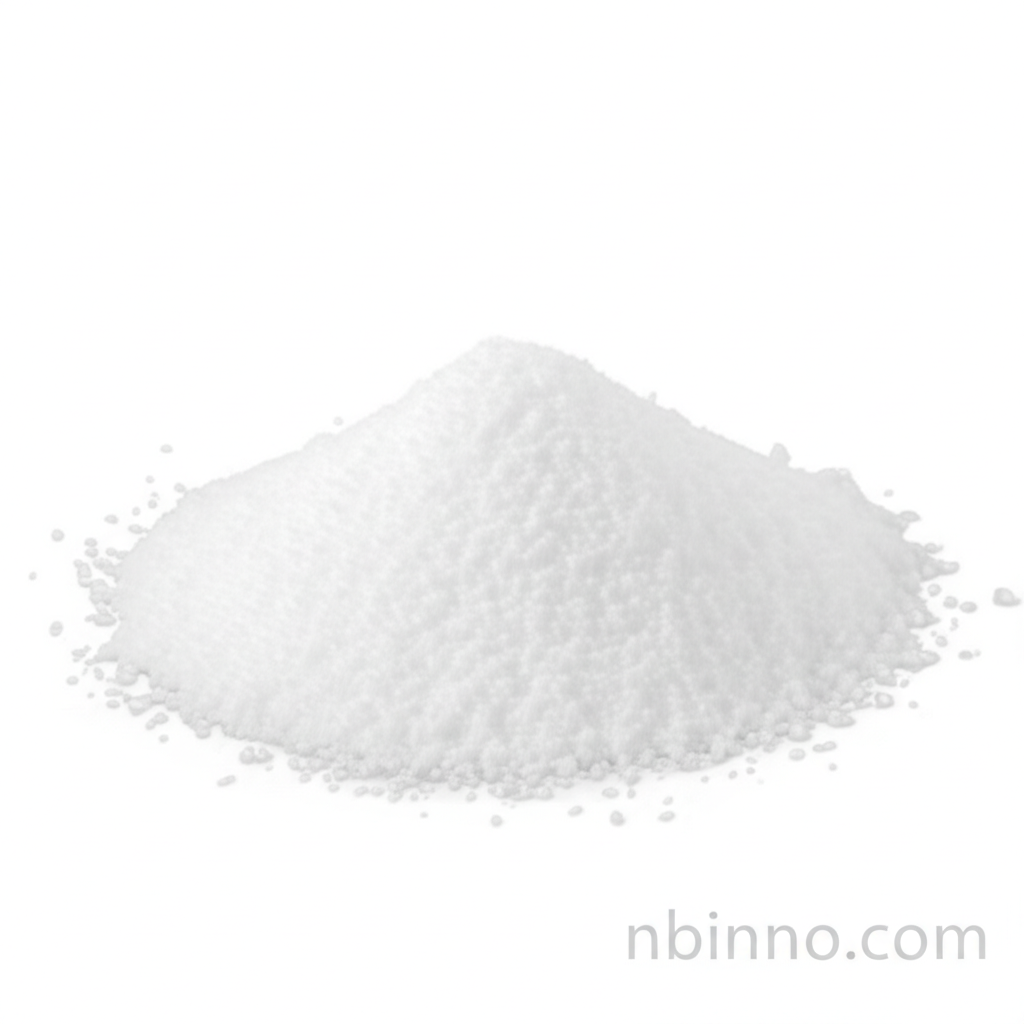Unlock the Potential of cis-4-Hydroxy-D-proline
A versatile building block for organic synthesis and groundbreaking research applications.
Get a Quote & SampleProduct Core Value

cis-4-Hydroxy-D-proline
This compound is a cornerstone in various scientific disciplines due to its unique chemical structure and reactive hydroxyl group. It serves as a crucial component in organic synthesis, enabling the creation of complex molecules. Researchers utilize its properties in pharmaceutical development, particularly for drugs targeting collagen-related diseases, aiming to enhance therapeutic efficacy and stability. Its role in protein engineering involves modifying peptides and proteins to study and improve protein folding and overall stability, vital for designing advanced therapeutics.
- Utilized in pharmaceutical development for enhancing the efficacy and stability of drugs targeting collagen-related diseases, a key application of hydroxyproline derivative chemical properties.
- Essential in protein engineering for modifying peptides and proteins, contributing to studies on protein folding and stability, highlighting its role in protein engineering amino acids.
- Valued in biomaterial development, particularly for tissue engineering, where it improves the mechanical properties of scaffolds, showcasing its use in biomaterial synthesis proline.
- Incorporated into cosmetic formulations for its moisturizing properties, making it a sought-after ingredient in advanced skincare, demonstrating its use as cosmetic ingredients hydroxyproline.
Key Advantages
Enhanced Molecular Design
Leverage cis-4-Hydroxy-D-proline in your organic synthesis projects to create novel compounds with improved properties and functionalities.
Therapeutic Advancement
Its role in pharmaceutical development supports the creation of more effective treatments by improving drug stability and targeting specific collagen-related diseases.
Biomaterial Innovation
Contribute to regenerative medicine by using this compound in biomaterials, enhancing their performance in tissue engineering applications.
Key Applications
Pharmaceutical Synthesis
As a vital intermediate, it facilitates the synthesis of a wide range of pharmaceutical compounds, aligning with the needs for pharmaceutical intermediates.
Peptide & Protein Research
In protein engineering, it helps researchers understand and manipulate protein structures for therapeutic development, making it crucial for protein engineering amino acids.
Biomaterial Development
It's instrumental in creating advanced biomaterials for tissue repair and regeneration, leveraging its unique structural attributes.
Cosmetic Ingredient
Its hydrating and structural benefits make it a valuable addition to cosmetic formulations aimed at skin health and anti-aging.
